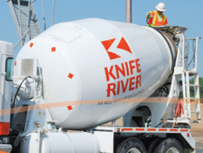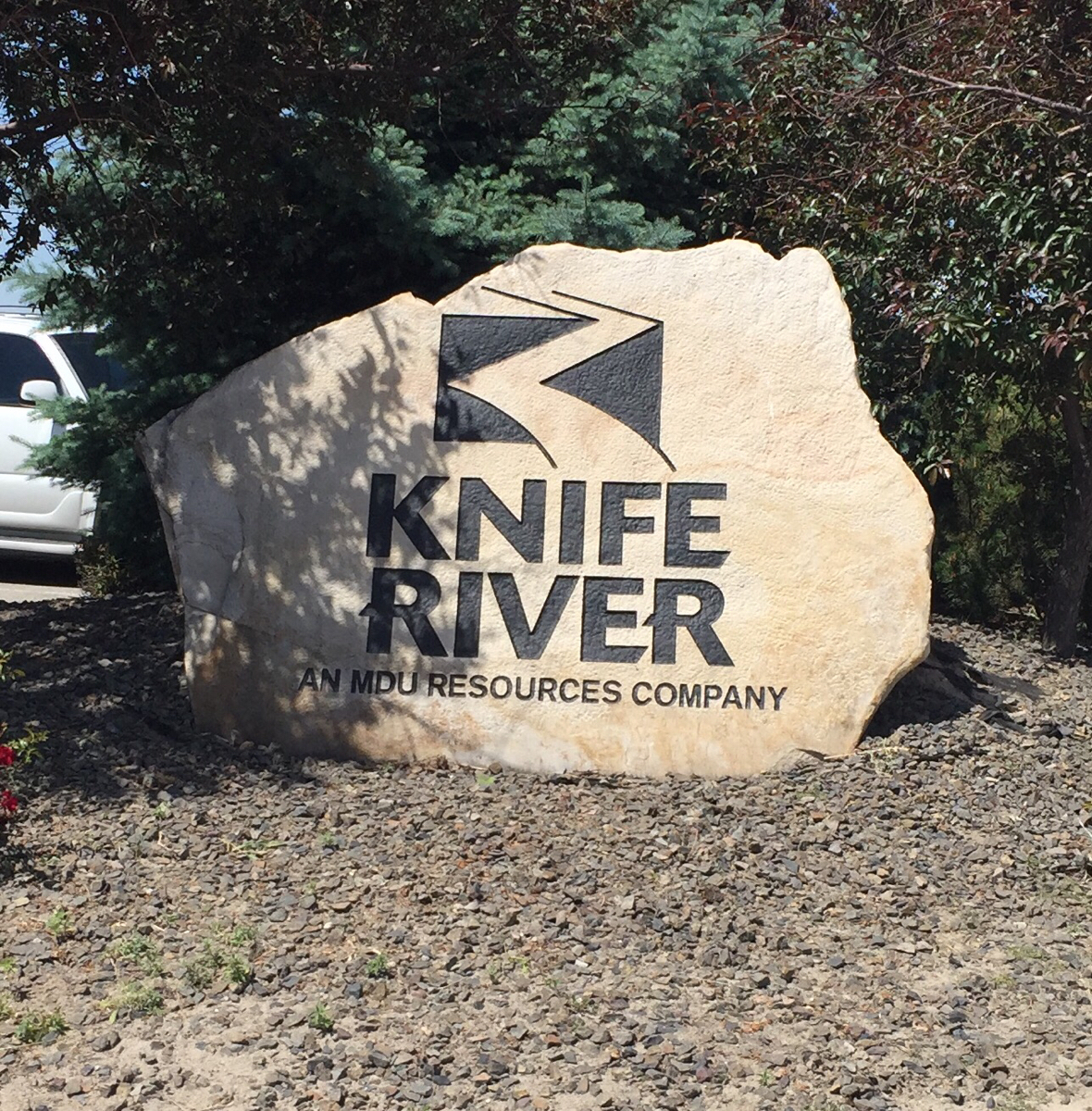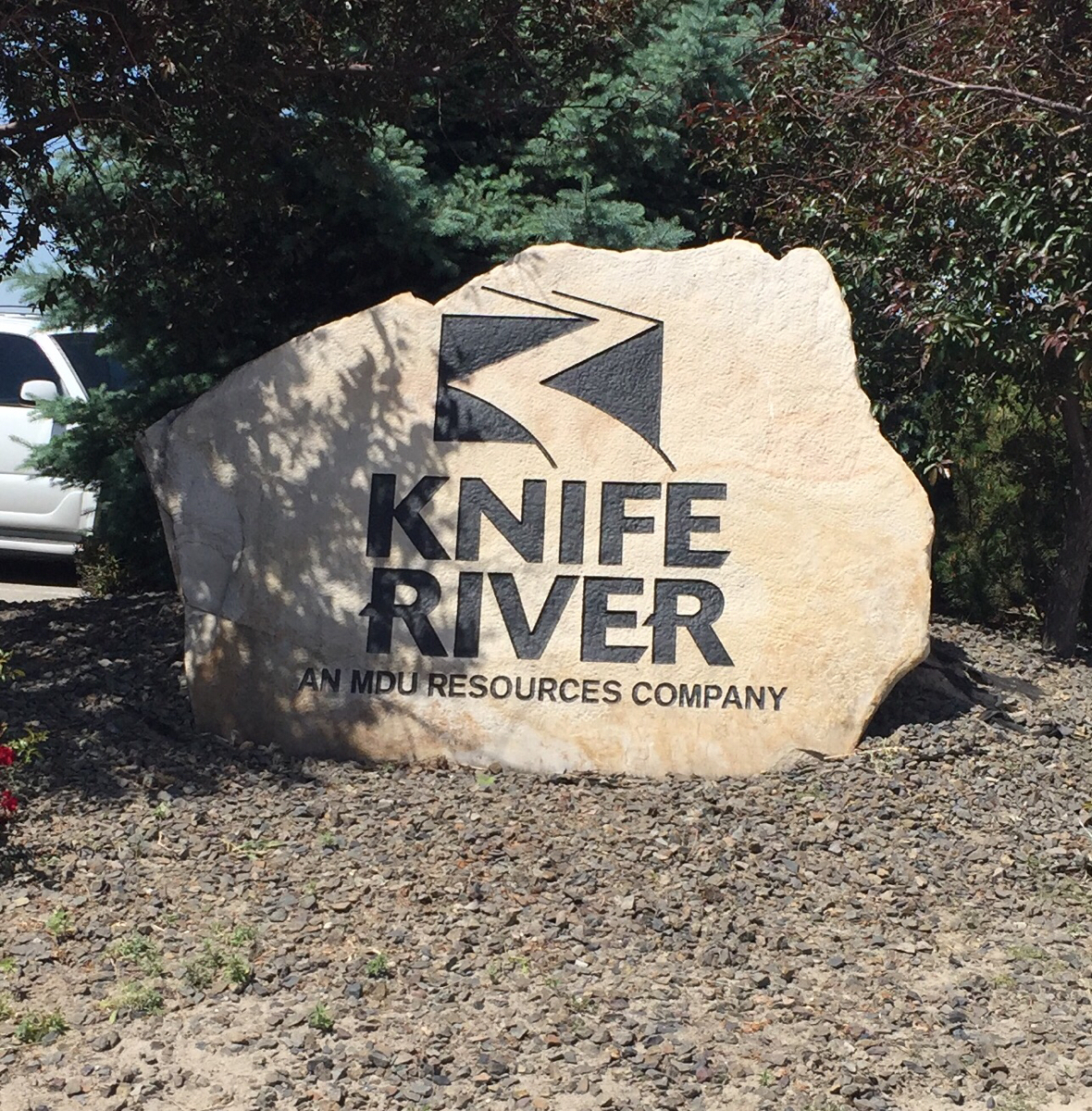Information
-
Document No.
-
Audit Title (Site-SWPPP-Month-Year)
-
Division
-
Site Name & Permit Number
-
Location
-
Inspection Conducted on
-
Type of Inspection
- Routine Facility Inspection
- Significant Storm Event Inspection
- Annual Comprehensive Inspection
-
Please select the Quarter for which this inspection is being conducted.
-
Date of Significant Storm Event
-
Prepared by
-
Is the Inspector’s SWPPP Training valid and up-to-date? (Training within 3 years)
-
Additional Personnel conducting Inspection
Weather & Site Conditions
Weather Conditions at Time of Inspection
-
Current Site Conditions
- Sunny
- Overcast
- Dry
- Wet
- Frozen
- Stabilized
-
Wind Direction
- North
- South
- East
- West
- Northwest
- Northeast
- Southwest
- Southeast
Site Inspection
The 2013 General Permit and the authorization to discharge shall expire at midnight, January 31,2018.
Routine and Storm Event Inspection
-
Check the Box to view the Routine Facility Inspection Procedures per Section 2.7.1.1 of the Multi-Sector General Permit
-
Conduct routine facility inspections of all areas of the facility where industrial materials or activities are exposed to storm water, and of all storm water control measures used to comply with the effluent limits contained in this permit. Routine facility inspections must be conducted at least quarterly (i.e., once each calendar quarter) although in many instances (refer to any specific requirements for your industrial sector in Part 3.4. of this permit), more frequent inspection (e.g., monthly) may be appropriate for some types of equipment, processes, and control measures or areas of the facility with activities and materials exposed to storm water. You must specify the relevant inspection schedules in your SWPPP as required in Part 3.1 These routine inspections must be performed by qualified personnel, and if multiple people are conducting the inspection, at least one person must be a member of your storm water pollution prevention team At least once each calendar year, the routine facility inspection must be conducted during a period when a storm water discharge is occurring If the facility typically does not have a storm water discharge occurring at the outfall, then this inspection must be conducted during a rainfall or snowmelt event (when prominent wet-weather conditions exist at the site). While conducting inspections during wet weather conditions, personnel must also observe for obvious indicators of storm water pollution around the site such as through color, odor, clarity, floating solids, settled solids, suspended solids, foam, and/or oil sheen of the storm water runoff.
-
Check the Box to see when to conduct a Post Storm Event Inspection (Section 2.7.2)
-
In addition to the routine inspections, you must conduct inspections after significant storm (rainfall or snowmelt) events. The significant storm event inspections must be conducted within 72 hours of the end of a rainfall or snowmelt event or in the timeframe specified in Part 3.4. for your particular sector or subsector if specified. For facilities which are inactive or unstaffed (a statement must be included in the SWPPP documenting this), these inspections must be
performed as soon as practicable after a significant rainfall or snowmelt event. These inspections must be for the same criteria, and Include the same documentation, as the routine facility inspections in Part 2.7.1. A "significant rainfall event" is a rainfall event over any 24-hour period which results in 0.5 inches or more of measured or otherwise documented rainfall A "significant snowmelt event" is thawing conditions above freezing which produce a storm water discharge and where visible and discernible erosion of sediment is occurring at the site.
Your significant storm event inspection may also be used and credited towards one of the routine inspections identified in Part 2 7.1. Also, within the same calendar month, only two significant storm event inspections (performed on different days) are minimally required if more than two significant storm events occur (on different days) during that same calendar month. -
Is the SWPPP (including implemented BMPs and the SWPPP Map) Current? The plan will be modified whenever there is a change in design, construction, operation, or maintenance that changes the potential for the discharge of pollutants to waters of the state or if the plan proves to be ineffective in eliminating or minimizing pollutants present in storm water.
-
Are there any previously unidentified discharges of pollutants from the site?
-
Are there any observations of obvious indicators of storm water pollution?
-
Are there any discharges occurring at the time of the inspection? If Yes, please describe.
-
Are there any incidents of noncompliance observed?
-
Are there any control measures needing maintenance or repairs?
-
Are there any failed control measures that need replacement?
-
Are any additional control measures needed to comply with the permit requirements?
Annual Comprehensive Site Inspection
-
Is this inspection an Annual Comprehensive Site Inspection?
-
Check the box to review Section 2.7.3.1 regarding Comprehensive Site Inspection Procedures
-
You must conduct annual comprehensive site inspections while you are covered under this permit, based upon the calendar year.
You are waived from having to perform a comprehensive site inspection for a calendar-year inspection period if you obtain authorization to discharge less than three months before the end of that calendar year.
Should your coverage be administratively continued after the expiration date of this permit, you must continue to perform these inspections annually while your permit authorization is administratively extended.
Comprehensive site inspections must be conducted by qualified personnel with at least one member of your storm water pollution prevention team participating in the comprehensive site inspections.
Your comprehensive site inspections must cover all areas of the facility affected by the requirements in this permit, including the areas identified in the SWPPP as potential pollutant sources (see Part 3.1.4.) where industrial materials or activities are exposed to storm water, any areas where control measures are used to comply with the effluent limits in Part 2, and areas where spills and leaks have occurred in the past 3 years. The inspections must also include a review of monitoring data collected in accordance with Part 2.5.1. Inspectors must consider the results of the past year's analytical monitoring when planning and conducting inspections.
Storm water control measures required by this permit must be observed to ensure that they are functioning correctly. If discharge locations are inaccessible, nearby downstream locations must be inspected.
Your annual comprehensive site inspection may also be used and credited towards one of the routine inspections identified in Part 2.7.1 , as long as all components of both types of Inspections are included. -
Is there Industrial materials, residue, or trash that may have or could come into contact with storm water?
-
Are there Leaks or spills from industrial equipment, drums, tanks, and other containers?
-
Is there Offsite tracking of industrial or waste materials, or sediment where vehicles enter or exit the site?
-
Is there tracking or blowing of raw, final, or waste materials from areas of no exposure to exposed areas?
Corrective Actions
Please list any discharges observed, corrective actions identified, date identified and date the corrective actions were completed.
-
Describe any incidents of non-compliance observed and not described in the prior questions:
Incidents of Non-Compliance
-
Incidents of Non-Compliance
-
Use this space for any additional notes or observations from the inspection:
-
Describe any additional control measures needed to comply with the permit requirements:
Additional Control Measures
-
Additional Control Measures
-
Check to box to confirm that you have read and understand the Certification Statement: I certify that this document and all attachments were prepared under my direction or supervision in accordance with a system designed to assure that qualified personnel properly gathered and evaluated the information submitted. Based on my inquiry of the person or persons who manage the system, or those persons directly responsible for gathering the information, the information submitted is, to the best of my knowledge and belief, true, accurate, and complete. I am aware that there are significant penalties for submitting false information, including the possibility of fine and imprisonment for knowing violations.
-
Signature of Inspector:










